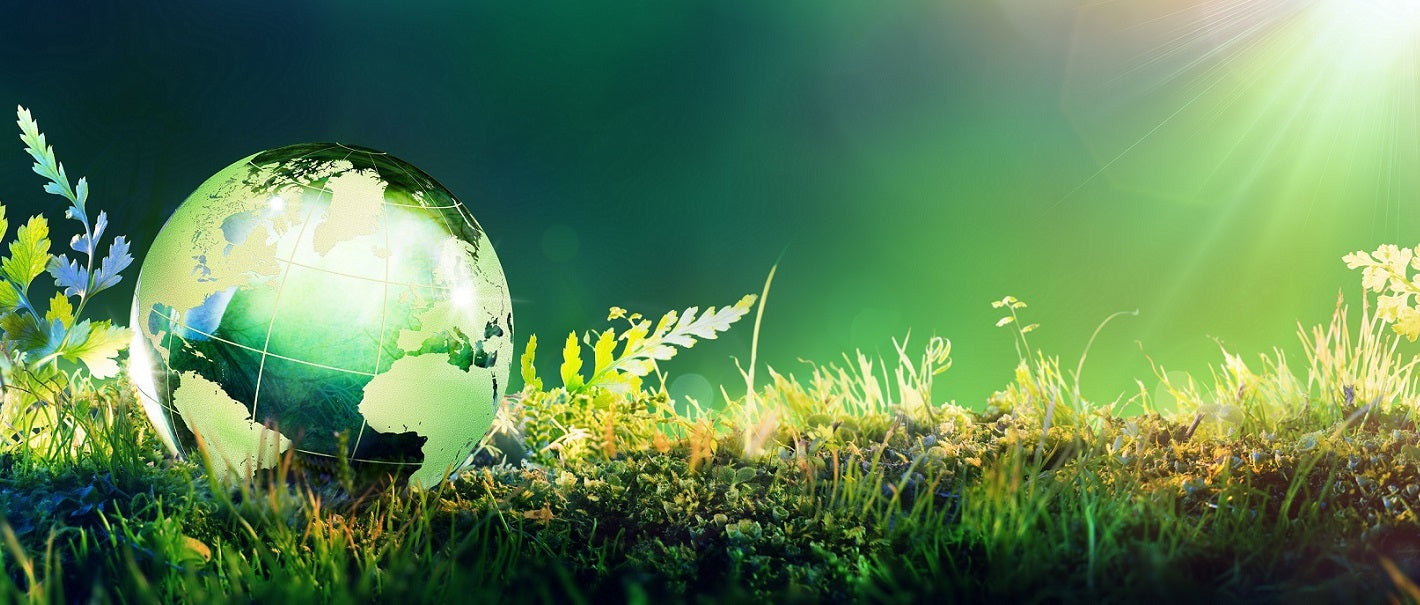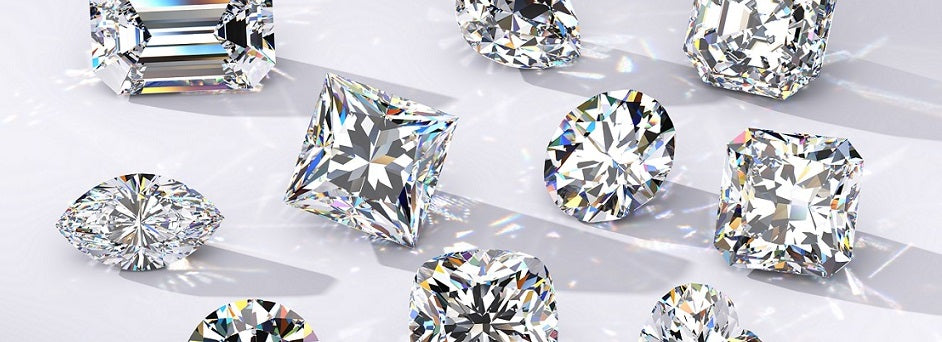Diamonds displaying noticeable colour hues are also known as "fancy coloured diamonds". They come in all kinds of tones, with yellow being the most prevalent, while pinks and blues are much rarer.
As with white colourless diamonds, reputable gemological institutions such as the IGI and GIA evaluate, grade and certify coloured diamonds using standardised metrics.
With fancy diamonds the focus is of course on colour. Colour is assessed based on tone and intensity starting from faint through to vivid and dark.
This colour tone and intensity (assuming the diamond is well cut and proportioned) is what informs the beauty and desirability of each stone - and indeed it's rarity.
Accordingly, a sought-after premium grade vivid blue or pink coloured diamond carries with it a hefty price tag.
And while the value of well cut white diamonds increases exponentially with carat weight, this is even more exaggerated in the case of fancy diamonds.
For example, a half carat round brilliant cut fancy pink diamond of VS clarity is likely to set you back a cool £40,000 - assuming you can find one.
See Colour Charts
However, a full one carat version will be nearer £100,000.
In blue, the price may be as much as double that.
Which leads us neatly on to the more accessible alternative; fancy lab created diamonds.
0.55 carat fancy intense pink VS2 lab diamonds
As the focus of this particular blog is upon coloured lab diamonds we shall not delve too deeply into comparisons with mined diamonds in general. However, you can find out more about lab created diamonds here.
Needless to say, a fancy lab diamond and a mined diamond of the same carat weight, colour, cut and clarity look identical and have the same chemical composition and properties.
But when it comes to price, the difference is breathtaking.
Establishing precise price comparables is tricky, primarily because there simply aren't that many desirable coloured mined diamonds available at any given time.
Nevertheless, this IGI certified, 0.70 carat round brilliant cut fancy intense pink VS1 mined diamond we estimate would be priced in the region of £65,000.
Play video
By way of comparison, the same colour and specification lab created version is available from Pobjoy Diamonds for just £2,495 *
And if pink isn't your thing, perhaps this 1.10 carat fancy vivid blue cushion cut tickles your fancy?
We estimate the mined diamond version would fetch around £120,000. Or you could buy this IGI certified ethically created lab version for £3,850.
Play video
While the availability of coloured lab diamonds is more plentiful than earth created equivalents, truly desirable ones remain strictly limited at any given time.
As with white lab diamonds, it is crucial to seek out premium cut, grade and colour examples. You may also need some patience, but it will be worth the wait.
Remember that all the guidelines apply equally; whether you are selecting an exceptional earth diamond or the lab grown variety.
h
Whether set in an elegant ring mount, a gorgeous pair of earrings or perhaps a platinum or gold pendant, a carefully chosen coloured diamond looks simply sensational.
Whether you are looking to buy a loose earth or lab created diamond, have it set within one of our ring or jewellery designs or would like something entirely bespoke just contact us on +44 (0) 20 3998 3075.
Shop "Fancy" Coloured Ethical Diamonds
See world's largest pink diamond in 300 years
See 15 carat Cullinan Blue diamond
Arrange an appointment
* At 02/08/2022









